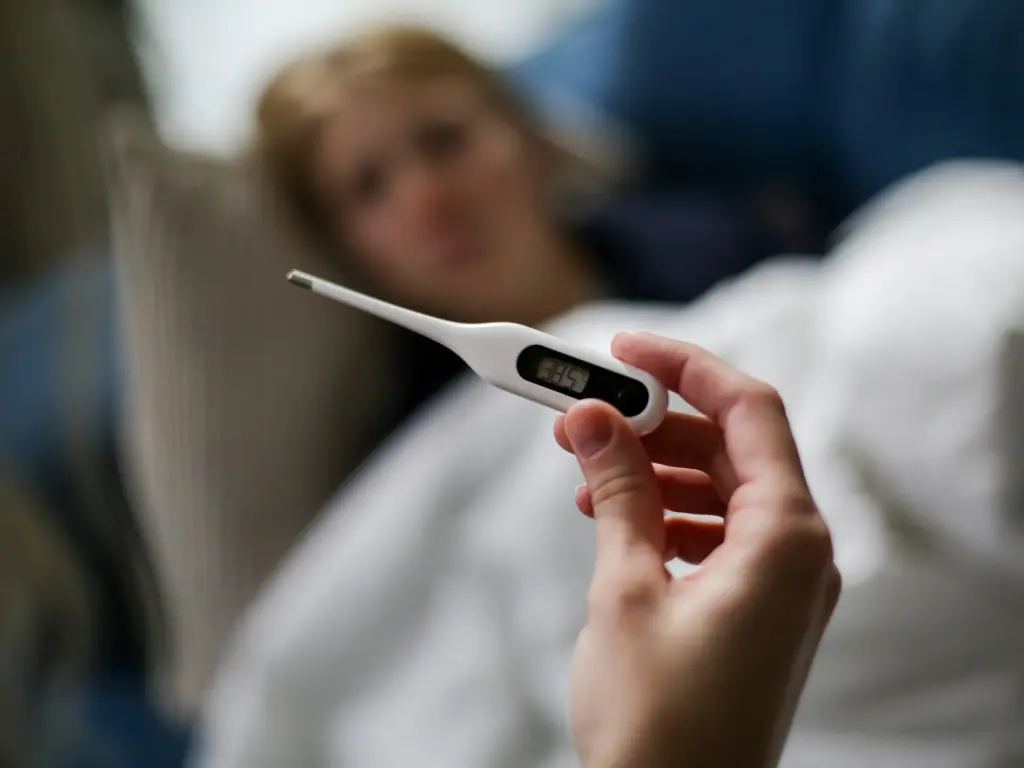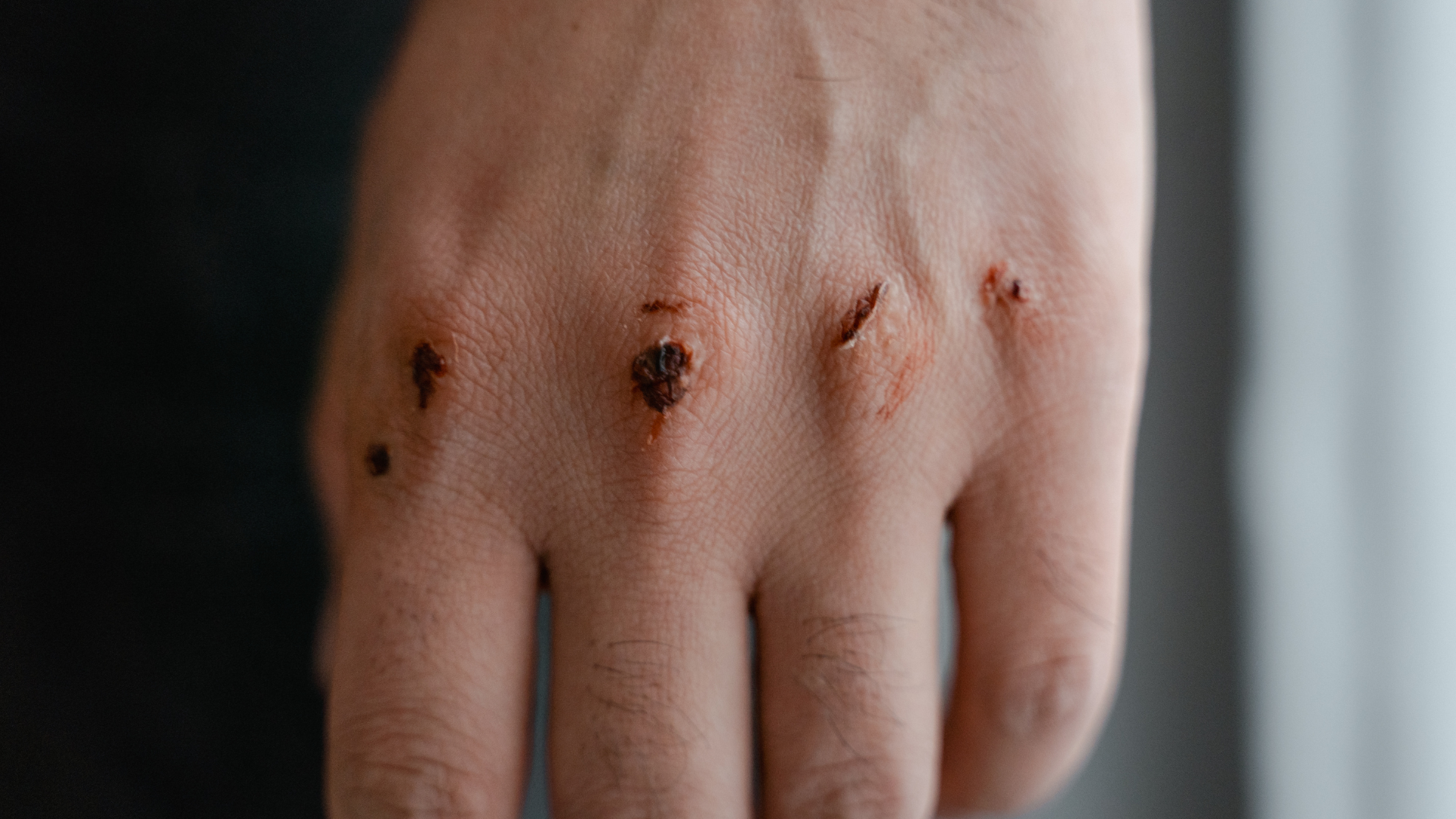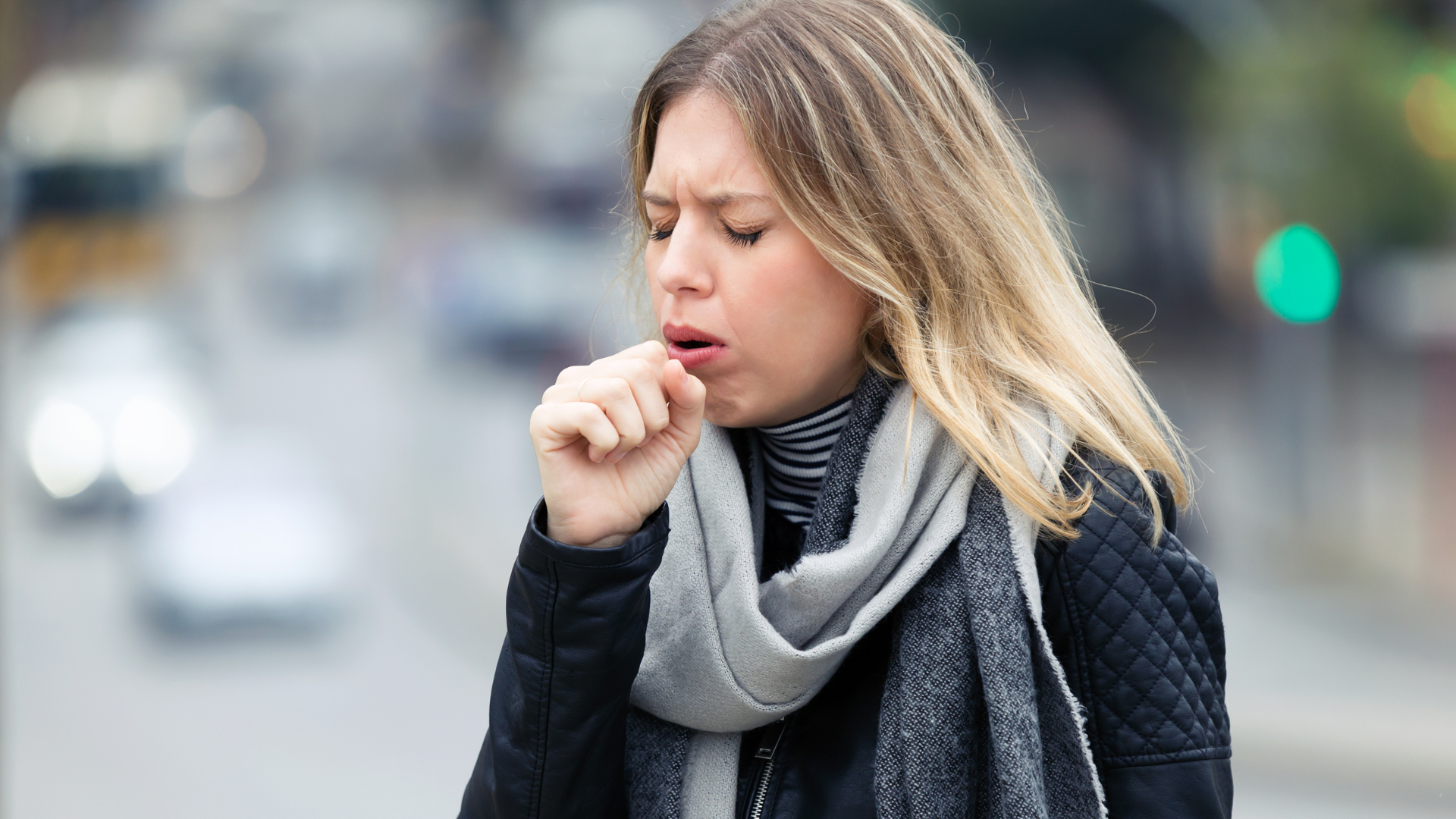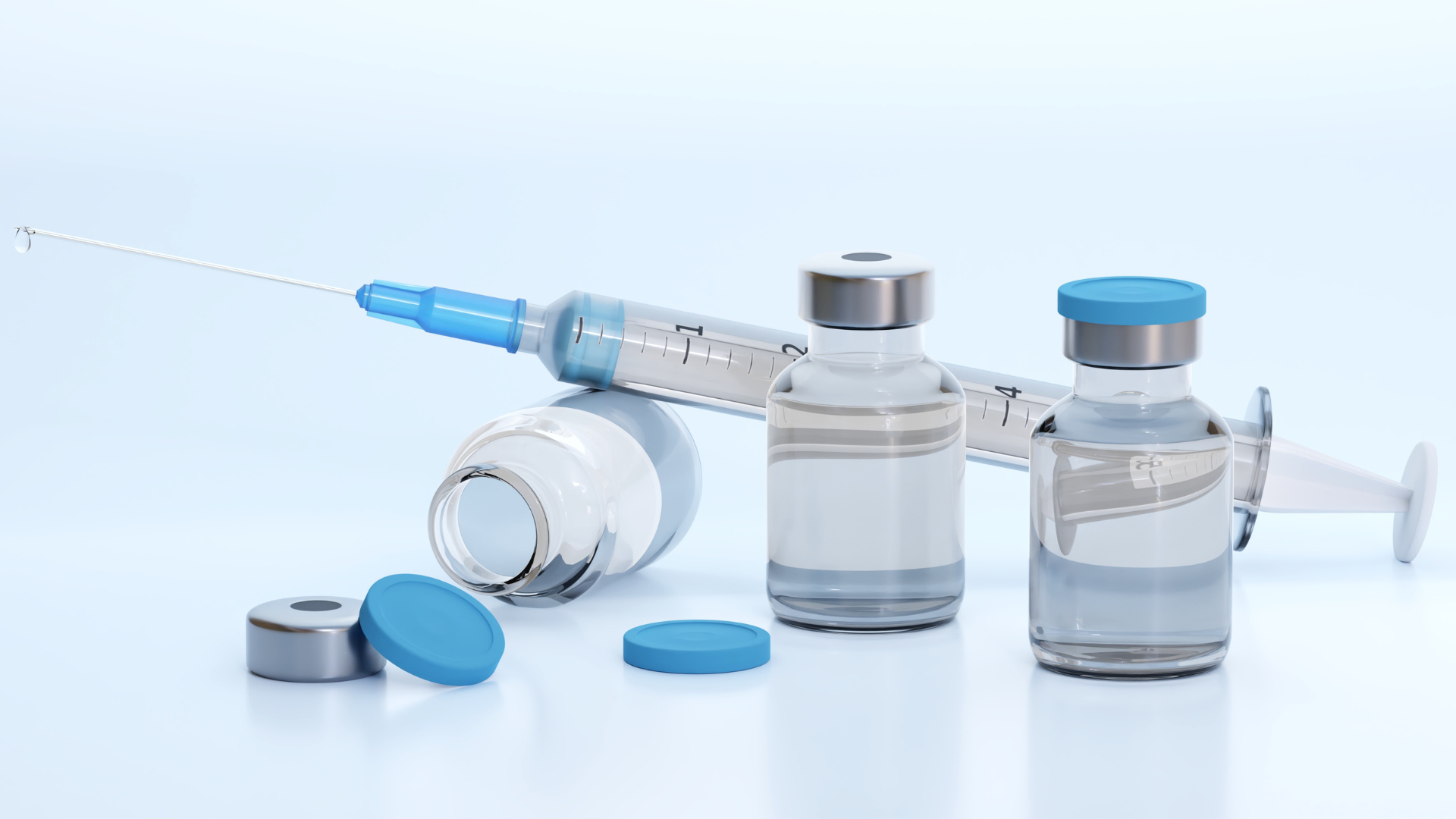Traveling to new destinations is an exciting experience filled with discovery and adventure. However, it’s important to stay informed about potential health risks, including rare but serious infections like anthrax. Caused by the bacterium Bacillus anthracis, anthrax primarily affects animals but can also infect humans. While the risk to tourists is generally low, understanding the disease, recognizing symptoms such as fever, and knowing when to consult a general practitioner can help you stay safe and enjoy your travels with peace of mind.
🦠 What is Anthrax?

Anthrax is an infectious disease caused by spores of the bacterium Bacillus anthracis. These spores are highly resilient and can survive in soil for decades, making certain environments persistently risky. The disease mainly affects herbivorous animals like cattle, sheep, and goats, but humans can become infected through contact with infected animals or contaminated animal products such as hides, wool, or meat.
The bacterium can enter the human body in three primary ways, leading to different forms of anthrax:
- Cutaneous anthrax: Infection through a cut or abrasion on the skin.
- Inhalation anthrax: Infection by breathing in spores.
- Gastrointestinal anthrax: Infection by consuming contaminated meat.
Each form has distinct symptoms and severity, but all require prompt medical attention.
🤒 Recognizing the Symptoms: Fever and More

One of the earliest and most common symptoms of anthrax infection is fever. However, fever alone is not specific to anthrax, so it’s important to be aware of other symptoms that may accompany it depending on the type of infection.
Cutaneous Anthrax (Skin Exposure)

Cutaneous anthrax is the most common form, accounting for over 95% of cases worldwide. It occurs when spores enter the body through a break in the skin. Symptoms typically appear within 1 to 7 days after exposure and include:
- A small, painless bump resembling an insect bite.
- The bump develops into a blister and then a painless ulcer with a characteristic black center (called an eschar).
- Surrounding swelling and redness.
- Fever and swollen lymph nodes may also be present.
If untreated, cutaneous anthrax can spread and become life-threatening, but early antibiotic treatment is usually very effective.
Inhalation Anthrax (Breathing in Spores)

Inhalation anthrax is rare but the most severe form. It occurs when spores are inhaled into the lungs. Early symptoms resemble a common cold or flu and include:
- Fever
- Fatigue
- Cough
- Muscle aches
- Chest discomfort
After a few days, symptoms can rapidly worsen, leading to severe breathing difficulties, shock, and often death if untreated. Because early symptoms are nonspecific, inhalation anthrax can be difficult to diagnose without a high index of suspicion.
Gastrointestinal Anthrax (Ingesting Contaminated Meat)

This form results from eating undercooked or raw meat from infected animals. Symptoms usually appear within 1 to 7 days and include:
- Fever
- Nausea and vomiting (sometimes with blood)
- Abdominal pain
- Diarrhea or severe bloody diarrhea
- Swelling of the abdomen
Gastrointestinal anthrax can be fatal if not treated promptly.
🛡️ How Tourists Can Protect Themselves

While anthrax is rare, especially in developed countries and popular tourist destinations, it still exists in some rural or agricultural areas worldwide. Here are some practical tips for tourists to minimize the risk of exposure:
- Avoid contact with livestock and animal products: Do not touch or handle animals, animal hides, wool, or leather products in areas where anthrax is known to occur.
- Be cautious with meat consumption: Only eat meat that has been properly cooked and sourced from reputable suppliers. Avoid meat from animals that appear sick or have died suddenly.
- Practice good hygiene: Wash your hands thoroughly after handling animals or animal products, and avoid touching your face.
- Stay informed: Check travel advisories and health information for your destination, especially if you plan to visit rural or farming areas.
- Vaccination: While not typically recommended for most travelers, people working in high-risk professions or traveling to endemic areas for extended periods may consider anthrax vaccination after consulting a healthcare provider.
🩺 When to See a General Practitioner

If you develop a fever along with any unusual skin lesions, respiratory symptoms, or gastrointestinal issues after traveling, it’s important to seek medical advice promptly. A general practitioner (GP) is usually the first point of contact and can evaluate your symptoms, travel history, and potential exposure risks.
Your GP may perform several diagnostic tests to confirm anthrax, including:
- Skin lesion swabs or biopsies.
- Blood cultures.
- Chest X-rays or CT scans (especially if inhalation anthrax is suspected).
- Stool or gastric fluid analysis for gastrointestinal anthrax.
Early diagnosis is critical because anthrax can progress rapidly, especially inhalation and gastrointestinal forms. Treatment typically involves a course of antibiotics such as ciprofloxacin or doxycycline, and in severe cases, additional supportive care may be necessary.
🌐 Anthrax Around the World: Where Is It a Risk?
Anthrax is more common in certain parts of the world, particularly in regions with large livestock populations and less stringent animal health controls. These include parts of Africa, Asia, the Middle East, and some areas in Central and South America.
For tourists, the risk is generally low in urban and well-developed areas but can increase if you:
- Visit rural farms or livestock markets.
- Participate in activities involving animal handling.
- Purchase or handle animal products like hides or wool.
Checking with your country’s health department or international organizations like the CDC or WHO before traveling can provide up-to-date information on anthrax risk areas.
🧳 Preparing for Your Trip: Travel Health Tips
To further protect yourself from anthrax and other travel-related illnesses, consider these additional tips:
- Pack a travel health kit: Include basic first aid supplies, any prescribed medications, and over-the-counter remedies for fever and pain.
- Know where to find medical care: Research healthcare facilities at your destination and keep contact information handy.
- Stay up to date on vaccinations: While anthrax vaccination is not routine for most travelers, ensure you are current on other recommended vaccines.
- Practice safe food and water habits: Avoid raw or undercooked foods and drink bottled or purified water.
💡 Final Thoughts: Stay Safe and Informed
Anthrax is a rare but serious disease that can be prevented with awareness and simple precautions. For tourists, the key is to avoid risky exposures, recognize early symptoms—especially fever combined with other signs—and seek prompt medical care from a general practitioner if you suspect infection.
Remember, early treatment is highly effective and can save lives. Don’t hesitate to share your travel history with your healthcare provider, as this information is crucial for accurate diagnosis and treatment.
Travel smart, stay safe, and enjoy your adventures!